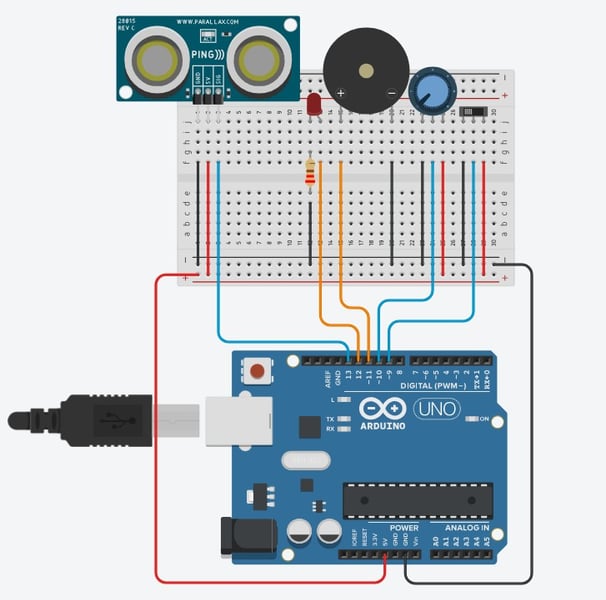Cinematic Innovations & Prototypes
Cinema Innovations & Prototyping is an emerging interdisciplinary field that brings together filmmaking, engineering, design, and rapid prototyping to reshape the creative and technical processes of cinema.
Scholars and practitioners in this area develop and test novel hardware, software, and workflows—often through DIY methods such as Arduino, 3D printing, and open-source coding—to push the boundaries of conventional film production.
By blending hands-on experimentation with theoretical inquiry, Cinema Innovations & Prototyping not only advances the art and science of storytelling but also democratizes innovation, enabling filmmakers at all levels to engineer new tools, solve practical challenges, and pioneer fresh approaches to cinematic expression.
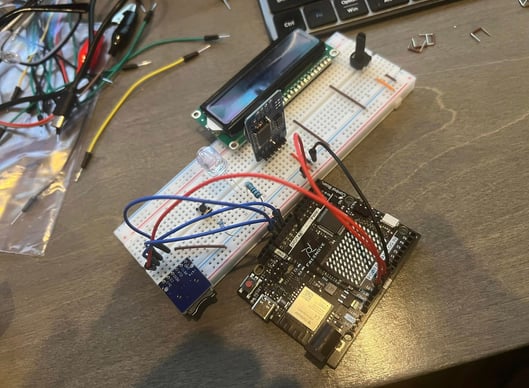

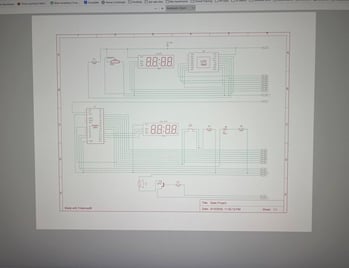


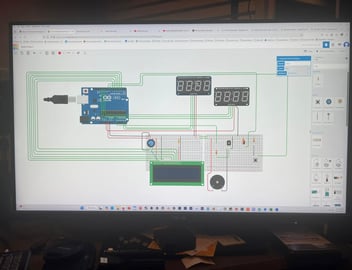

DIGITAL SLATE
Problem: Professional digital slates with timecode are costly, and lower-budget alternatives often lack key features or reliability.
Solution: A DIY Arduino-powered slate that flashes a bright LED and plays a beep for A/V sync, while optionally logging time or take information onto an SD card.
Setup: An LED and buzzer is mounted to an Arduino board. A push button triggers the “slate” event—briefly flashing the light and emitting a beep. A small display and SD module will display and record basic timecode and take data if desired.
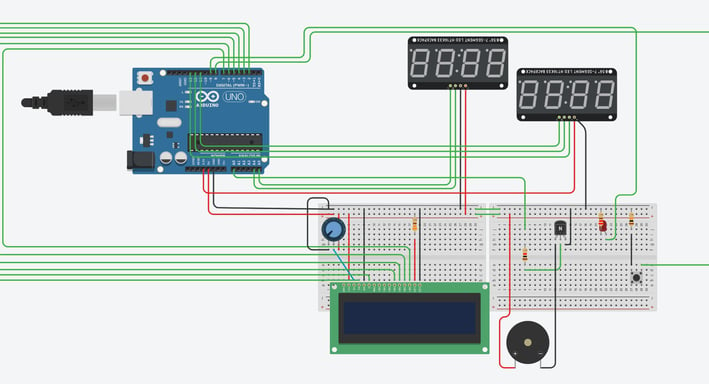

PROP GUN LIGHTING SYSTEM
Problem: Getting a realistic muzzle flash effect typically requires blank-firing guns, VFX in post, or expensive specialty gear.
Solution: A tiny circuit with a bright LED that fires off a short burst of light whenever the prop gun’s trigger is pulled, perfectly timing the flash in-camera.
Setup: A button will be secured to the trigger of a prop gun that attaches to the Arduino. A strong LED light is off camera, in the direction of the muzzle blast coming from the fired shot. When the button is pressed, the light is triggered with a blast of light onto the shooter and set.
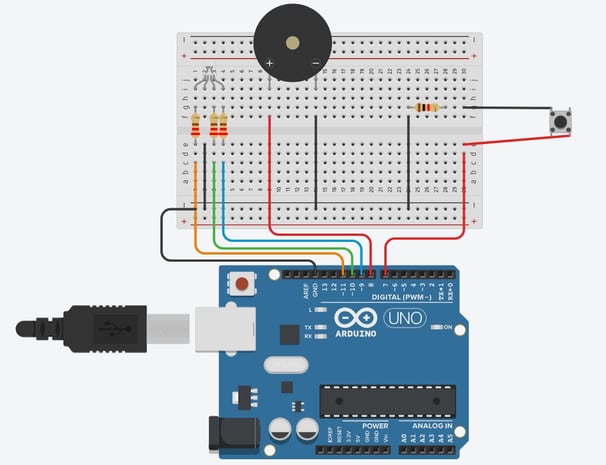

VOICE ACTIVATED LED STRIP
Problem: A robot character's voice is displayed via moving LED lights in the costume. This effect will be extraneous in Post Production.
Solution: An Arduino-based “VU meter” light system that reads microphone input and transforms audio amplitude into real-time lighting creates the effect that the robot is talking.
Setup: A microphone sensor is wired to an Arduino which connects to an LED array or LED strips. As the mic picks up speech, the code adjusts brightness or color, giving a live, reactive light show tied directly to the performer’s voice.
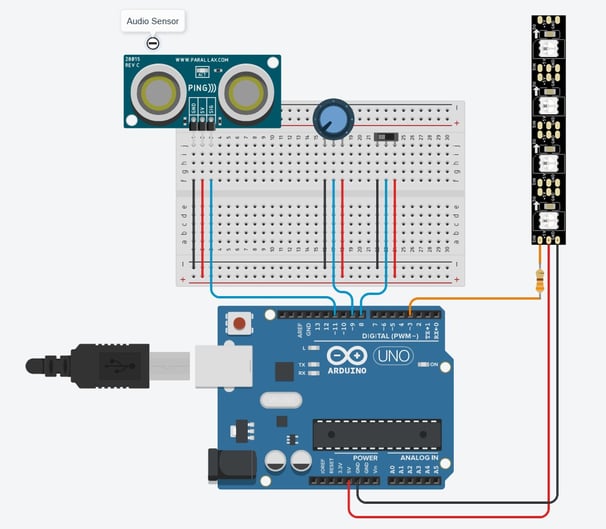

AREA SENSOR FOR CGI HEAVY SCENES
Problem: On a set that utilizes on heavy CGI set design, it is challenging to know where actors have room to play. This can result in multiple takes or mistakes that will need to be adjusted in compositing.
Solution: A compact Arduino-based system that uses an ultrasonic (or similar) sensor to measure distance. If the subject moves too close or too far, the device alerts the crew with a light or buzzer.
Setup: A sensor is positioned near the CGI area on set. The sensor is connected to the Arduino, which constantly checks distance. Once inside the off-limit range, the Arduino triggers an LED or buzzer, warning the cast/crew that there may be an issue with actor staging.
